20 Perennial Herbs You Can Enjoy Year After Year
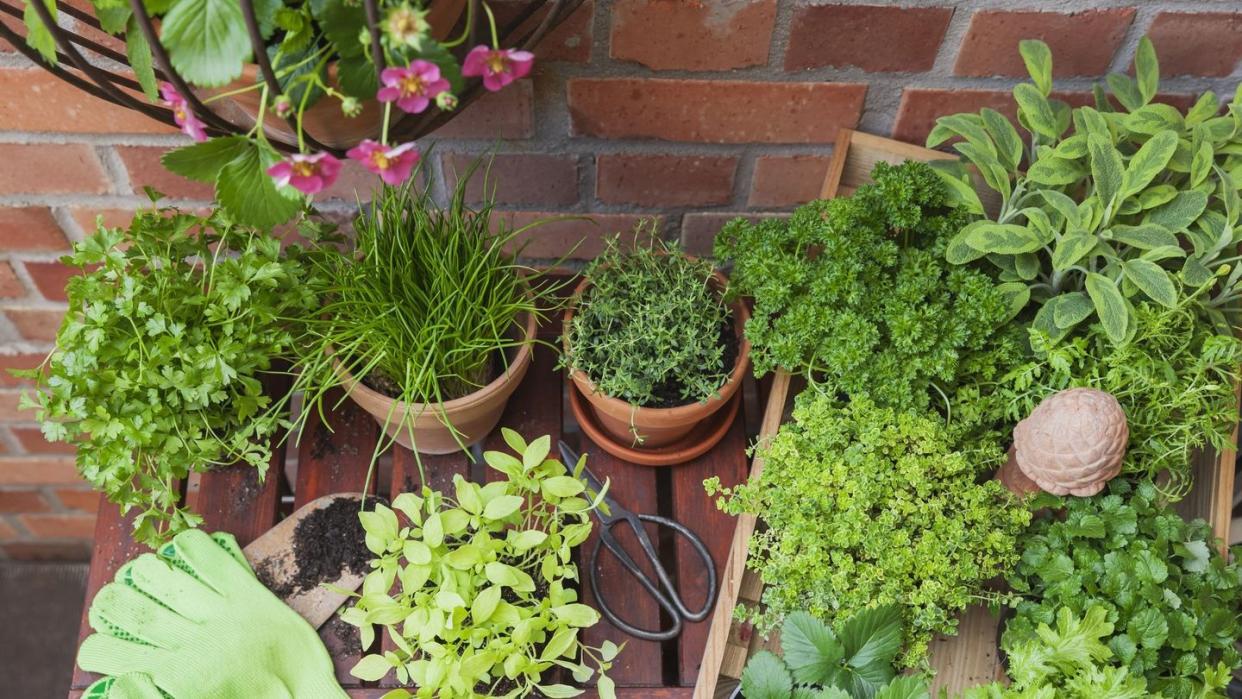
"Hearst Magazines and Yahoo may earn commission or revenue on some items through these links."
Herbs are such an easy addition to your vegetable garden. It's much cheaper to plant them rather than buy them from the store, too—just grab a few snips here and there for your favorite dishes. While annual herbs like basil and cilantro are popular garden varieties, perennial herbs, which come back year after year, are a great investment. Plant them once and harvest for years! They're also relatively inexpensive and usually mature enough to pluck and cook with in the first season.
Most herbs aren't fussy about soil types, so they work in a variety of garden settings. When planting, give them a sunny spot in your garden, in containers on your deck, or even inside in a window. Most herbs need full sun, which is six or more hours per day. And don't forget to choose herbs that will survive winters in your USDA hardiness zone to get the most out of them. Some of these herbs don't mind a little cold weather, so you can also harvest them well into late fall and early winter in many parts of the country.
Perennial herbs also have some unexpected perks, as many make great pollinator plants and are rarely bothered by pests or disease. These perennial herbs are perfect for any home cook to add to their garden this year. So grab your garden tools and get ready to do some planting.
Thyme
Thyme is a low-growing perennial which produces gorgeous tiny pink or purple flowers in early spring. It actually makes a great groundcover with little maintenance. There are many different types, including lemon, orange, and lavender thyme.
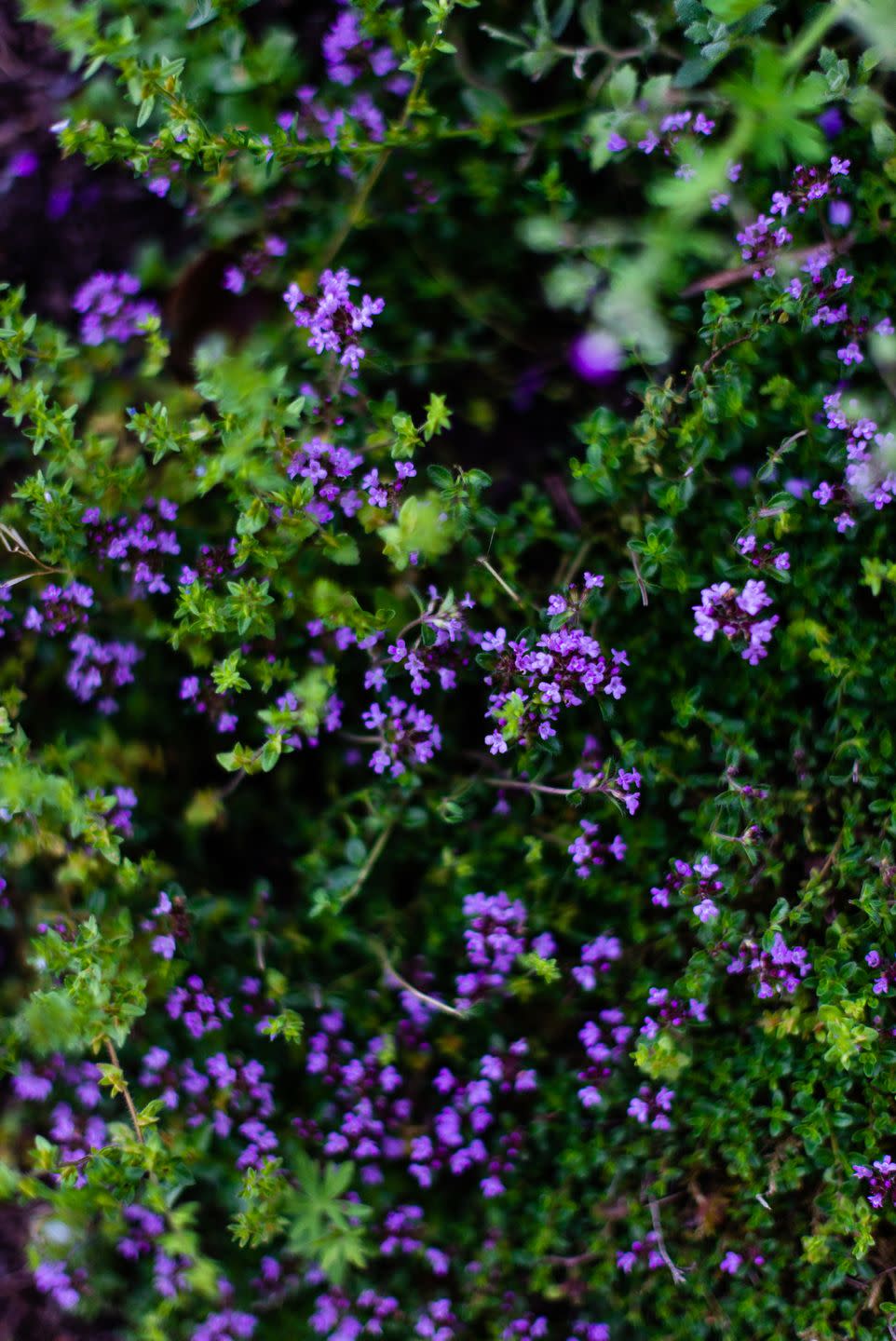
Oregano
Oregano is extremely tough and has tons of tiny white or pinkish flowers throughout the summer that pollinators love. It also drops seeds in the garden, so in a few years you may have a few other oregano plants sprout up. It's one perennial herb that will tolerate a little shade. Oregano is a classic in Mediterranean dishes of all sorts.
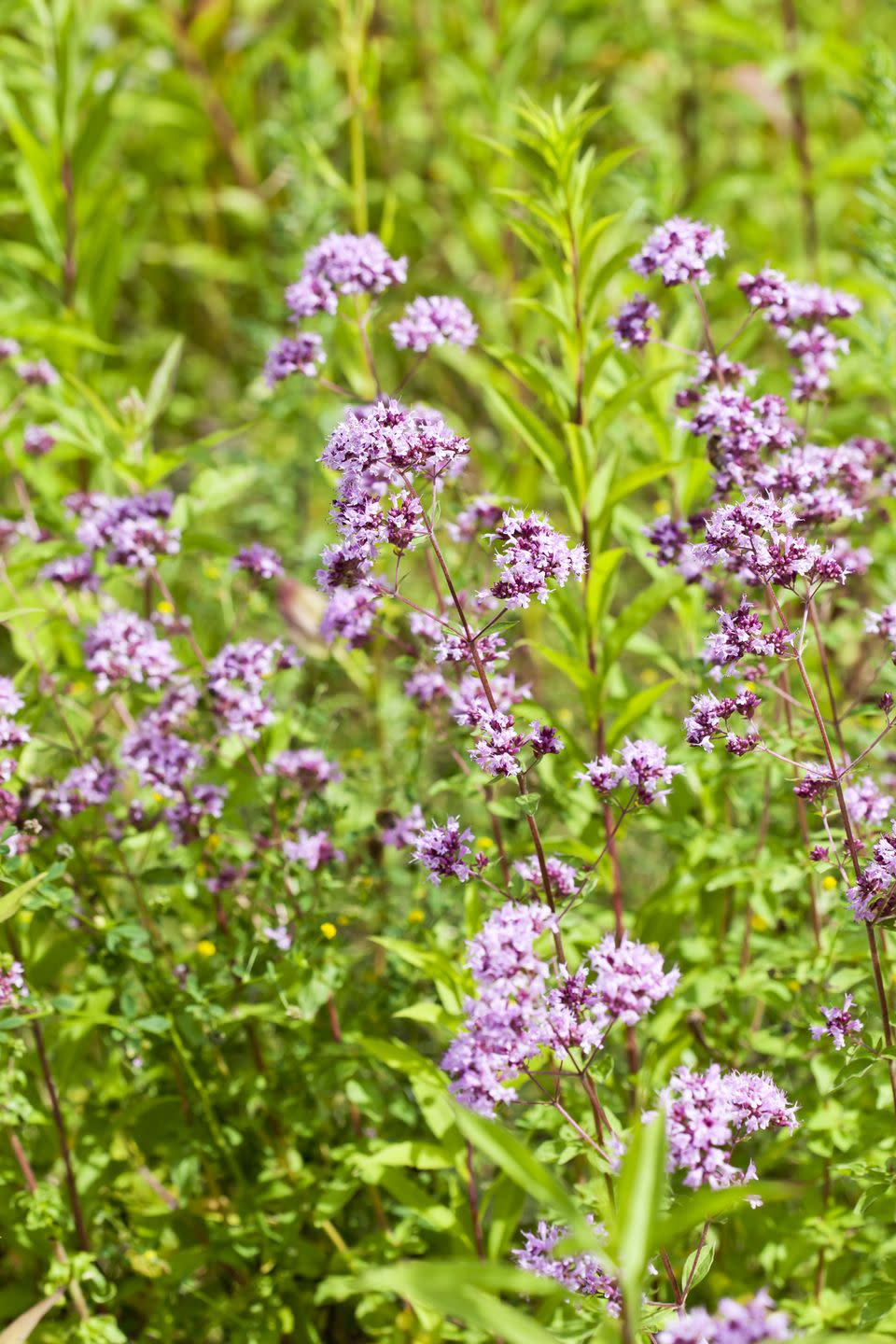
Mint
Because mint grows almost like a weed, you'll want to plant it in a container first. Then, submerge the entire pot to ground level to contain its growth. Mint comes in many different flavors including spearmint, chocolate mint, and apple mint. It’s excellent in iced tea, cocktails, and baked goods.

Sage
Sage thrives in the heat and has the most beautiful flowers in late spring. Plus, pollinators love them! Once established, it’s super cold-hardy. It’s perfect when used in cooking meat, soups, stews, vegetables, and making dressing. Consider planting other varieties such as pineapple sage to dress up a fruit salad or add to iced tea.
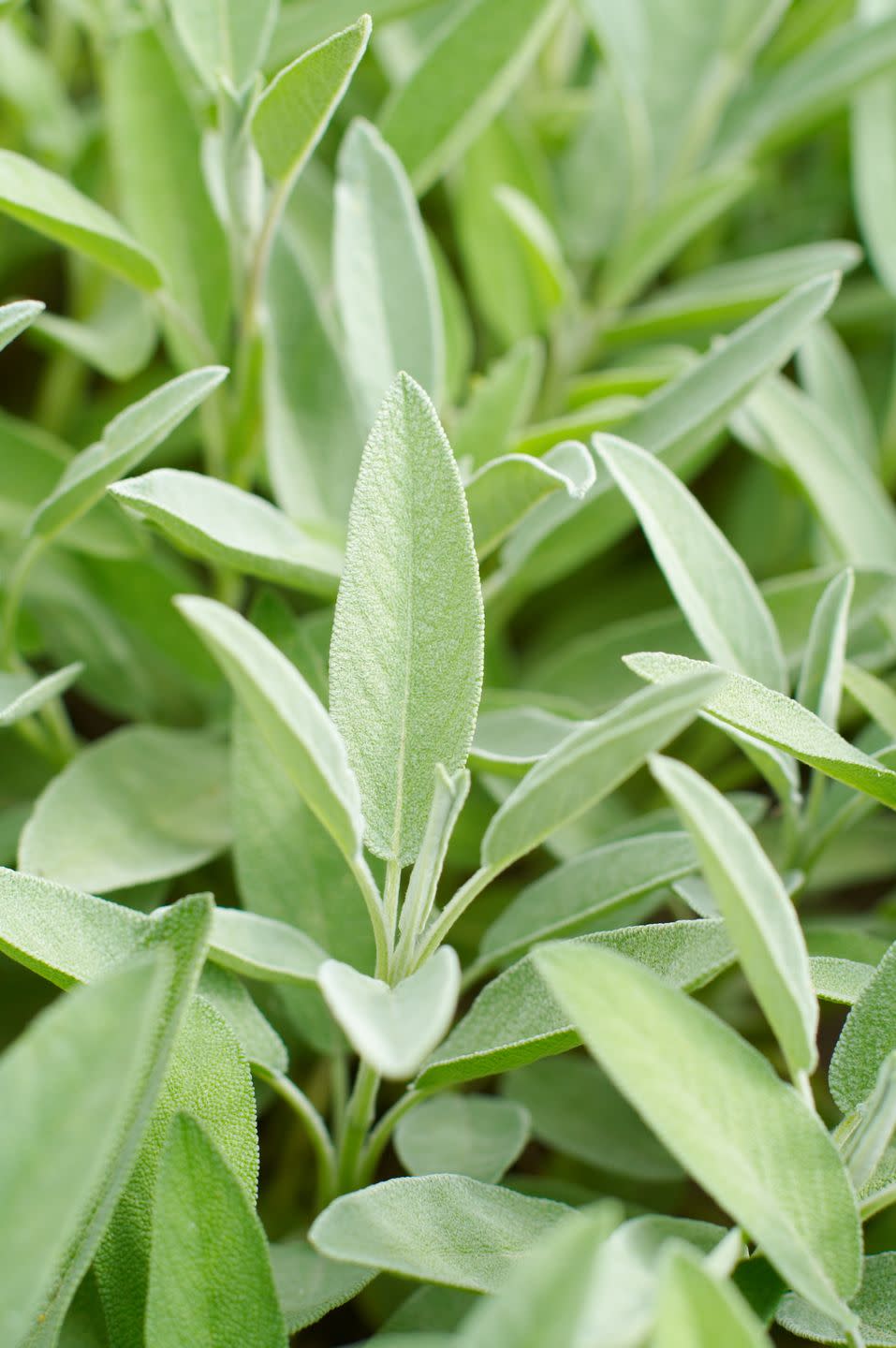
Rosemary
Fragrant, woodsy rosemary can take a few years to fully mature, so you want to be patient. But once it's ready, it typically blooms in late spring and can come back for a decade. It can also make a lovely houseplant. It doesn't require a lot of water or fertilization either. The telltale earthiness works so well in hearty, savory dishes like stews and braised meats.
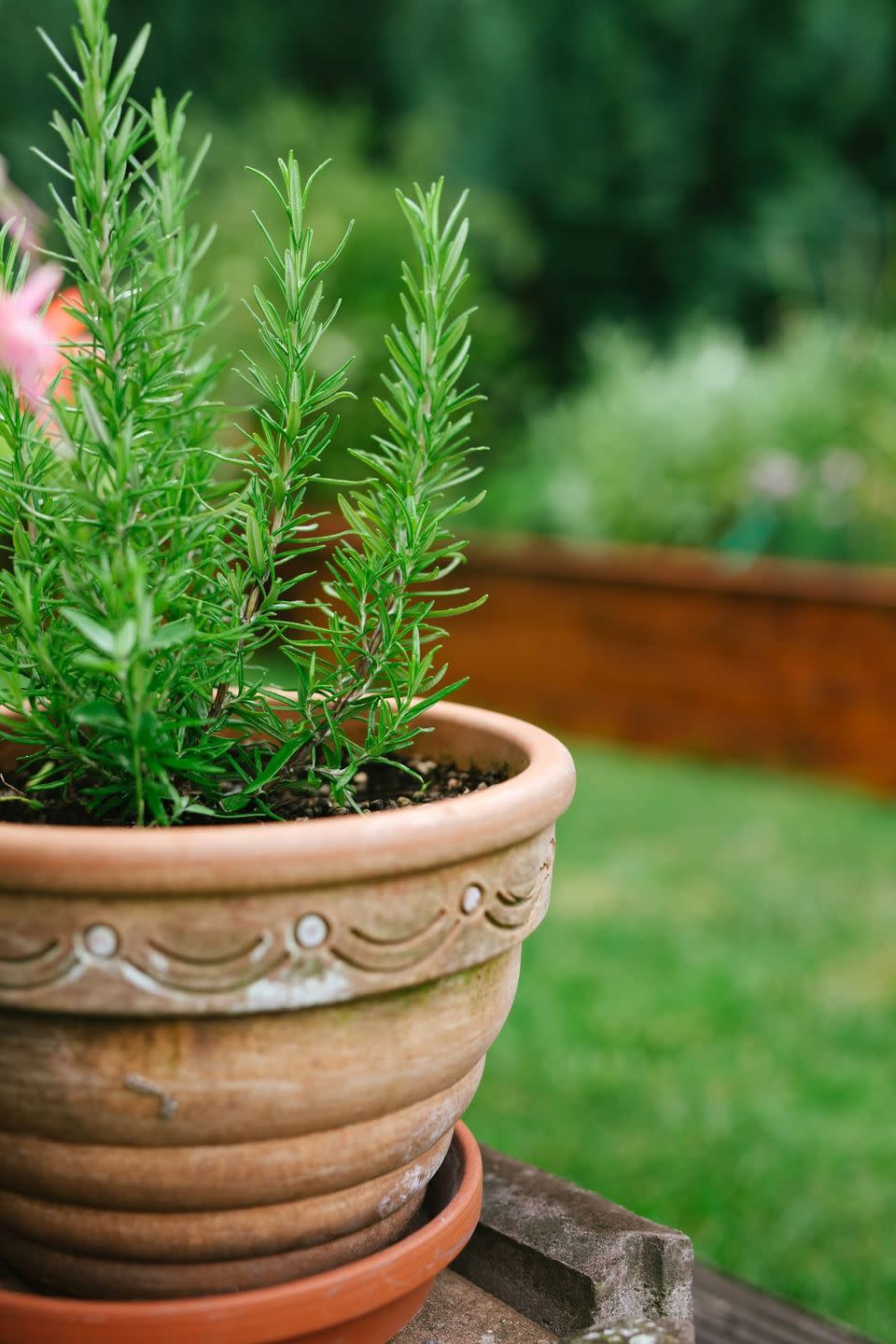
Chives
Chives grow in tidy clumps and are topped with pretty purple flowers in mid-spring. Both the leaves and flowers are completely edible. They also self-sow so new chive plants may pop up in your garden later on. Chives are delicious in potato dishes, soups, salads, and basically any recipe that could use a mild onion flavor.
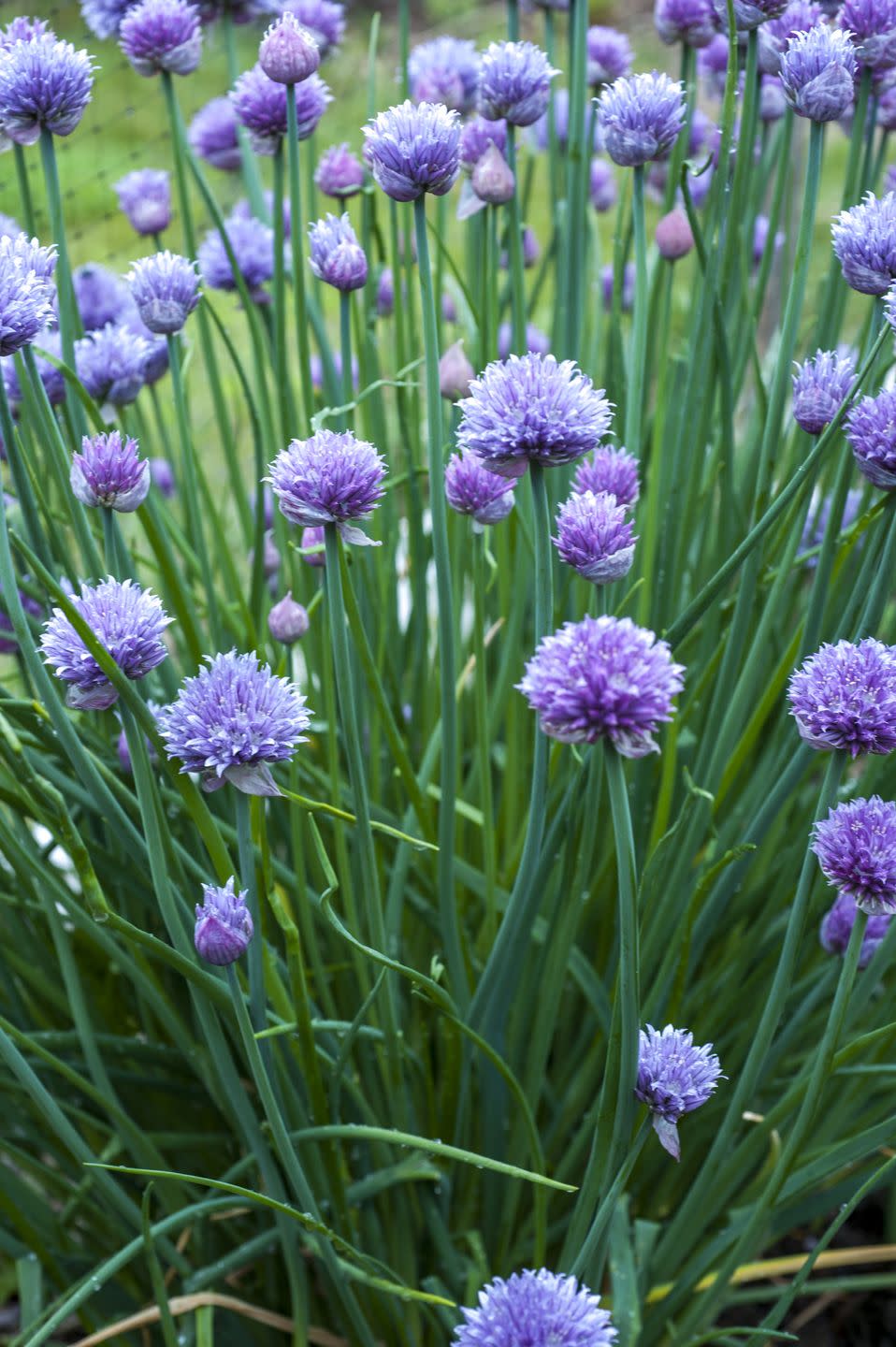
Cilantro/Coriander
You might've heard both these terms before and been a little bit confused. To clear things up, cilantro is the leaf, while coriander is the seed which forms after flowering. Cilantro is a cool-weather annual but if it’s left to drop seeds, they’ll sprout again next spring or when temperatures cool down in the fall.
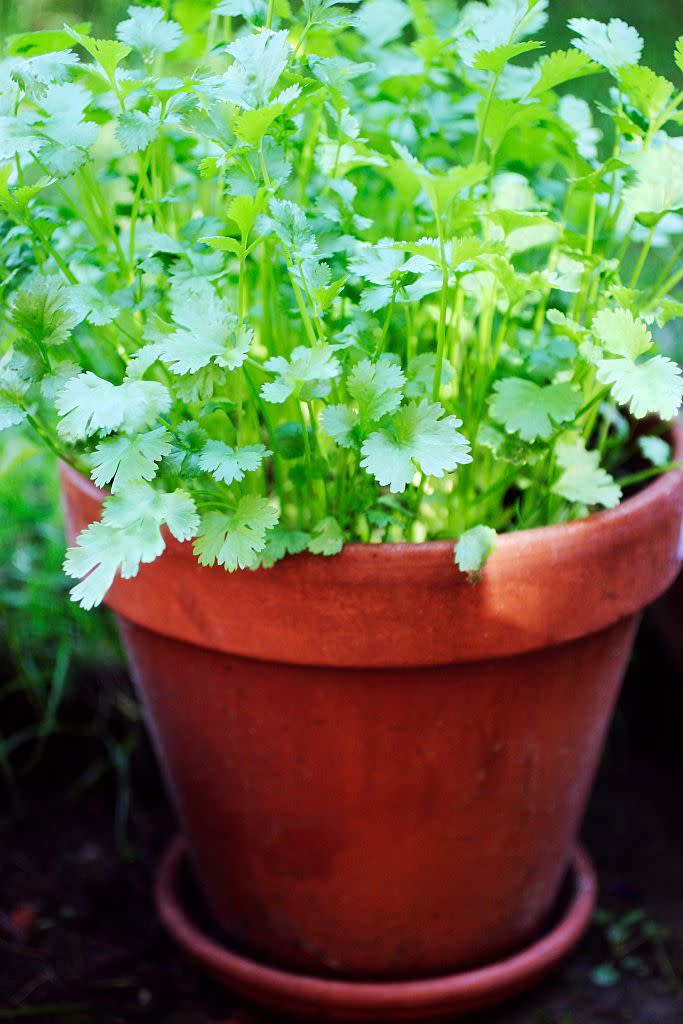
Lavender
Lavender is not only beautiful, but the flowers can also be harvested to add a light flavor to baked goods. Of course, it's also a great ingredient for DIY candles. There are many different varieties so make sure the type you purchase will survive winters in your part of the country.
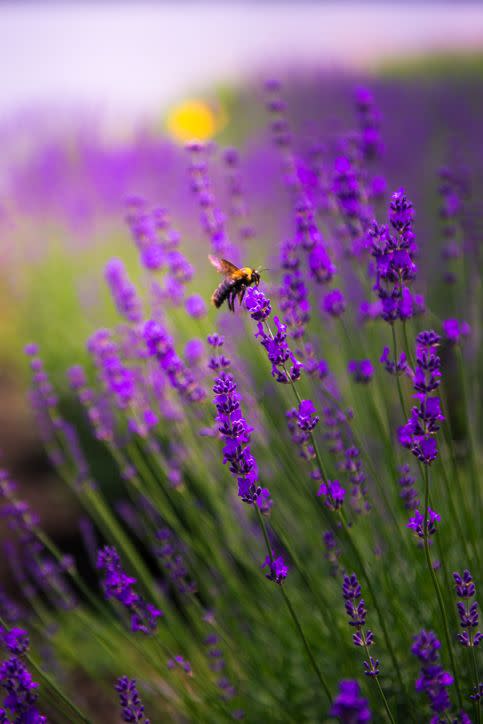
Dill
Although dill is an annual, it drops so many seeds after flowering that it will pop up again the following spring. The flowers have a showy, lacy texture that attract pollinators. It’s best used to flavor salads, pickles, and fish dishes.
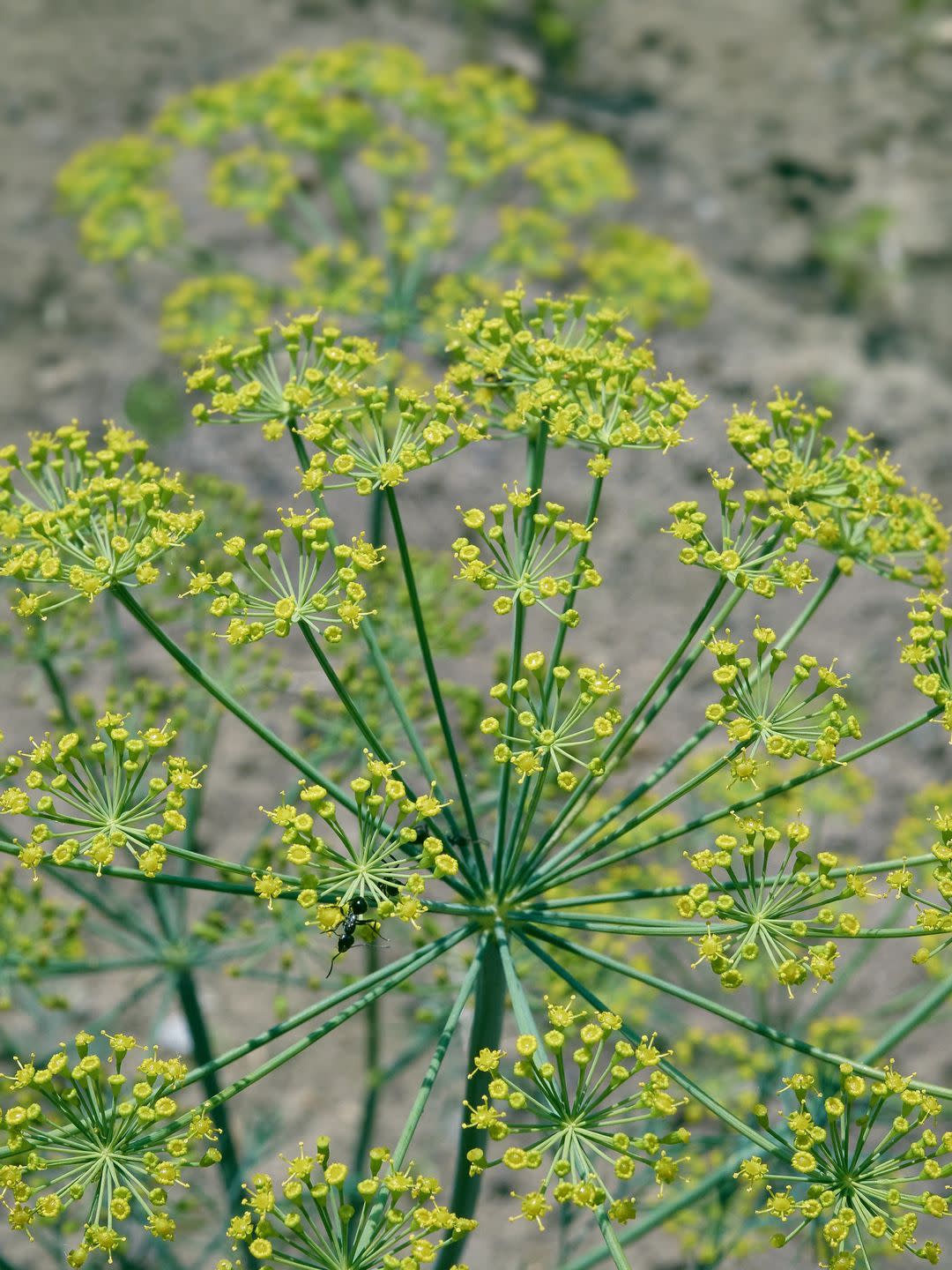
Garlic Chives
As you might have guessed, garlic chives offer a mild garlic flavor. Both the leaves and white flowers, which appear in late summer, are totally edible.
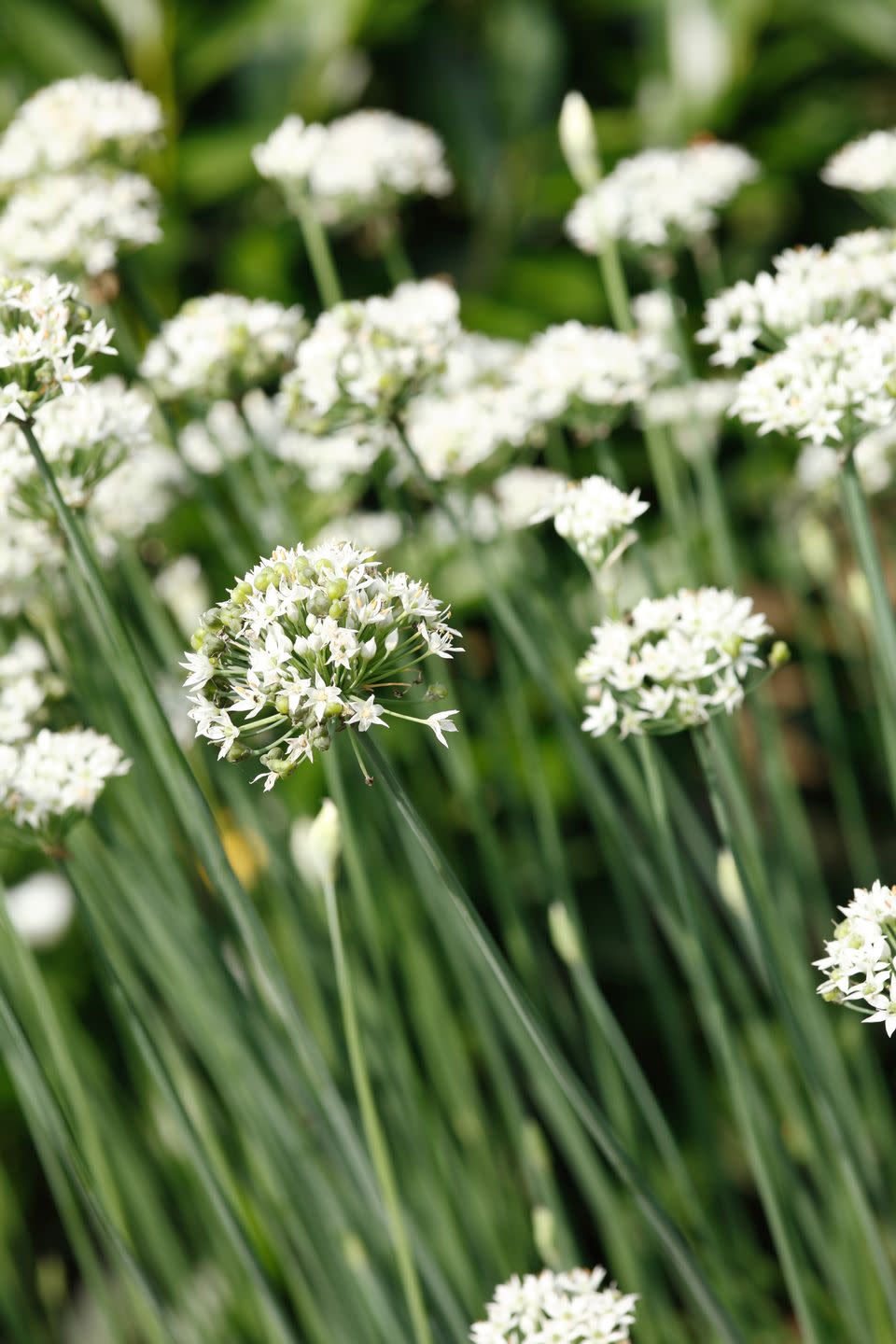
Marjoram
Depending on where you live, marjoram can be either a perennial (zone 9 and above) or an annual (zones 8 and below). But you can always replant the herb indoors if you live in a colder climate. The leaves are part of the oregano family with a sweeter, more delicate flavor and require consistent watering. Try it with chicken dishes or as a flavor boost to salads.
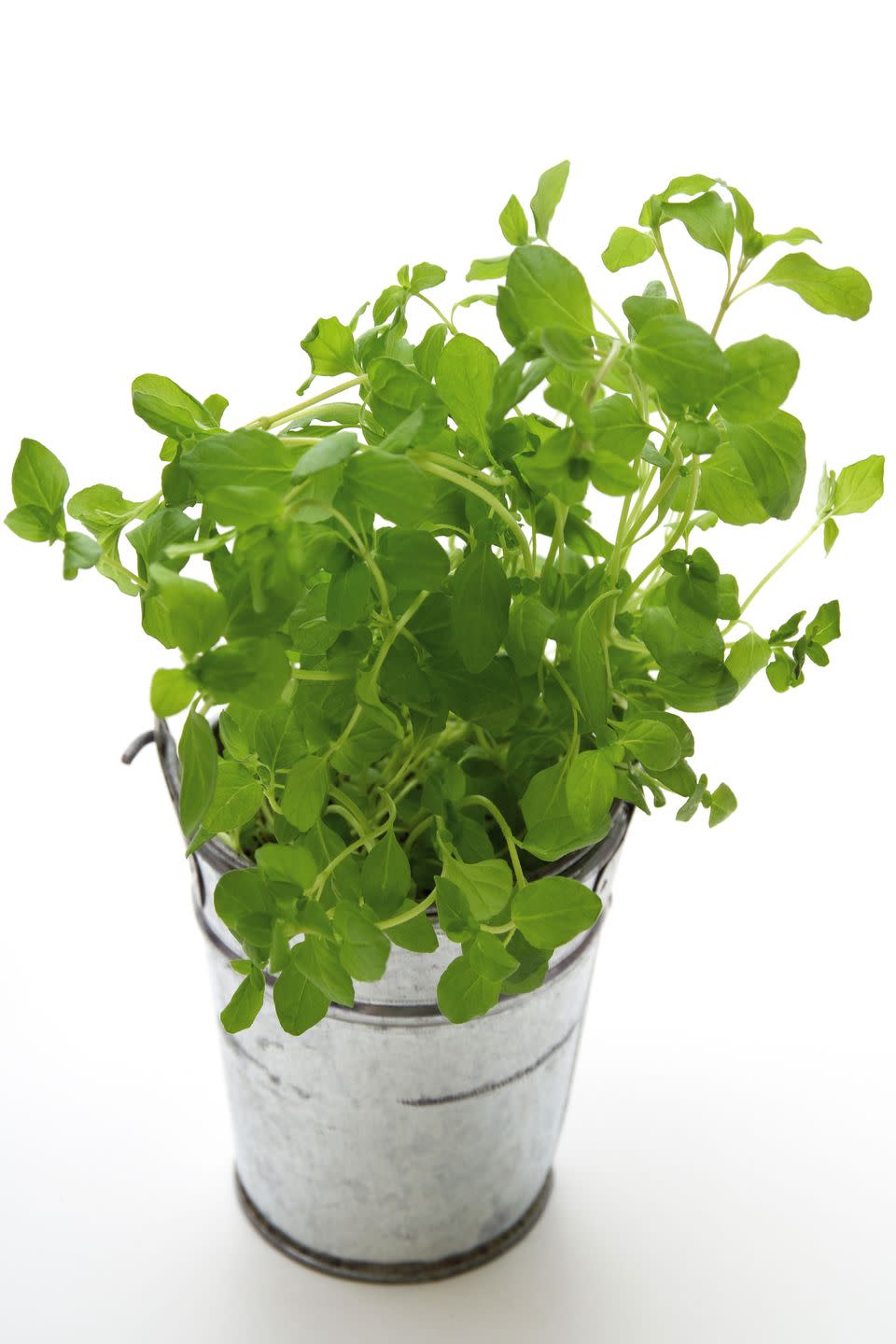
Fennel
You may think of fennel as a vegetable and you'd be right. But the flavorful fronds at the top will be just as tasty as the bulb at the bottom. They have a distinct anise flavor like black licorice. Fennel is very easy to grow, is drought tolerant, and needs very little babysitting once established.
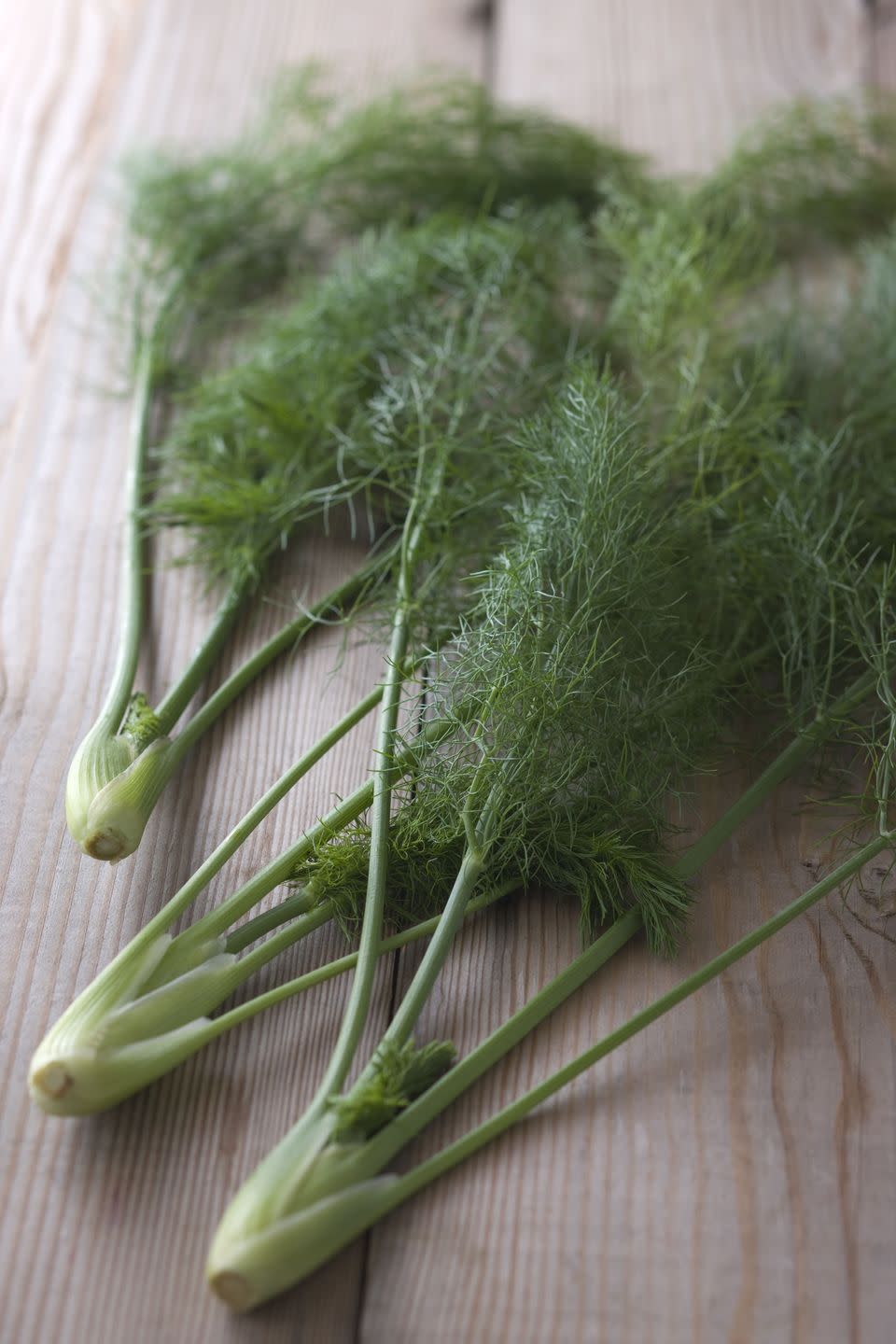
Lemon Verbena
A native tropical shrub, lemon verbena prefers frost-free warmer climates but will work well as a house plant in colder climates. The sweet lemon flavor adds a freshness to both sweet and savory dishes. In fact, its fragrance works so well outdoors that you can enjoy the scent outside, too. Just make sure you plant it in an area with good drainage.
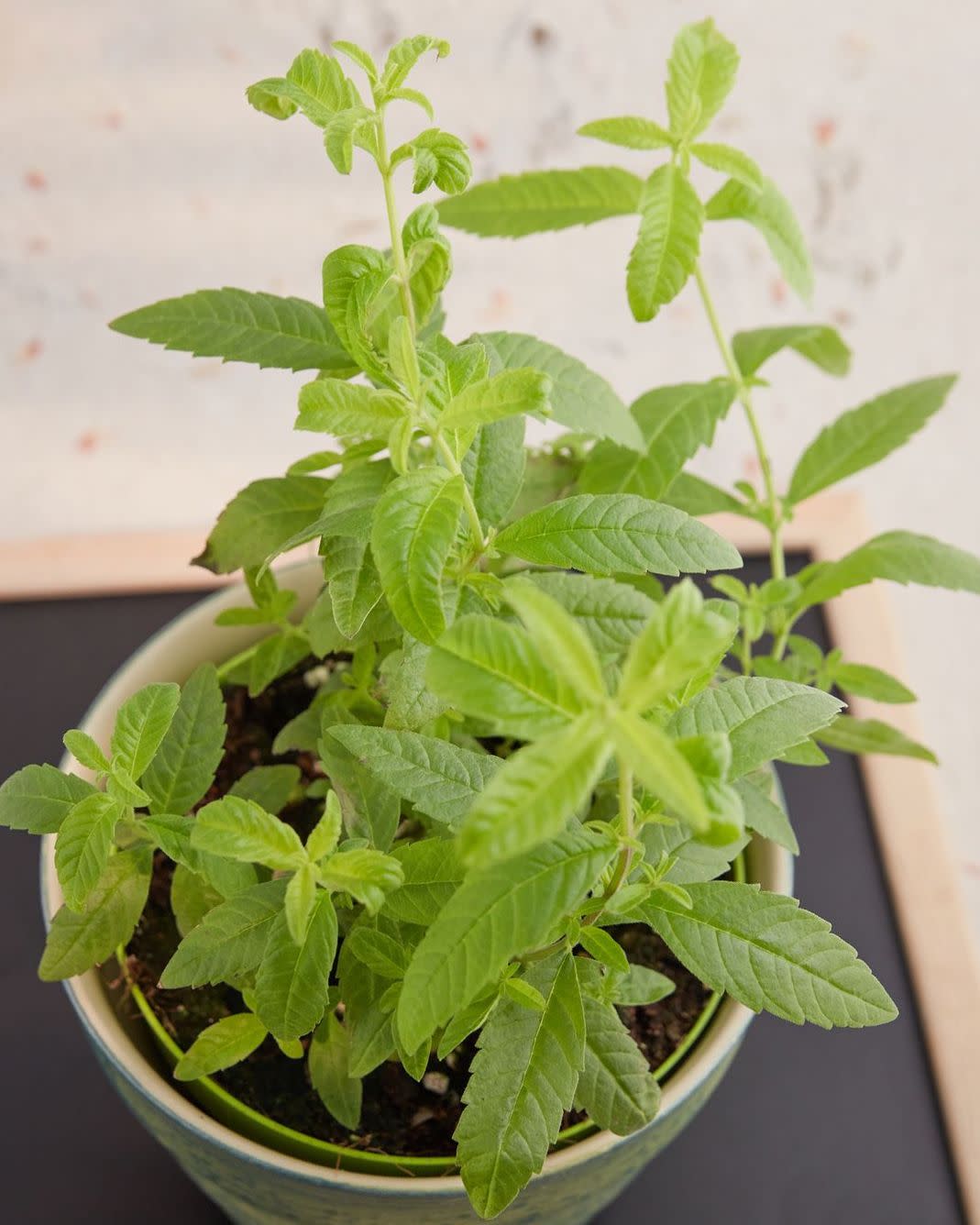
Roman Chamomile
Chamomile produces pretty, daisy-like flowers which can be harvested, dried, and steeped in hot water to make tea. Look for Roman chamomile, which is a perennial, as opposed to German chamomile, which is an annual. Its feathery leaves also make it an attractive groundcover-like plant.
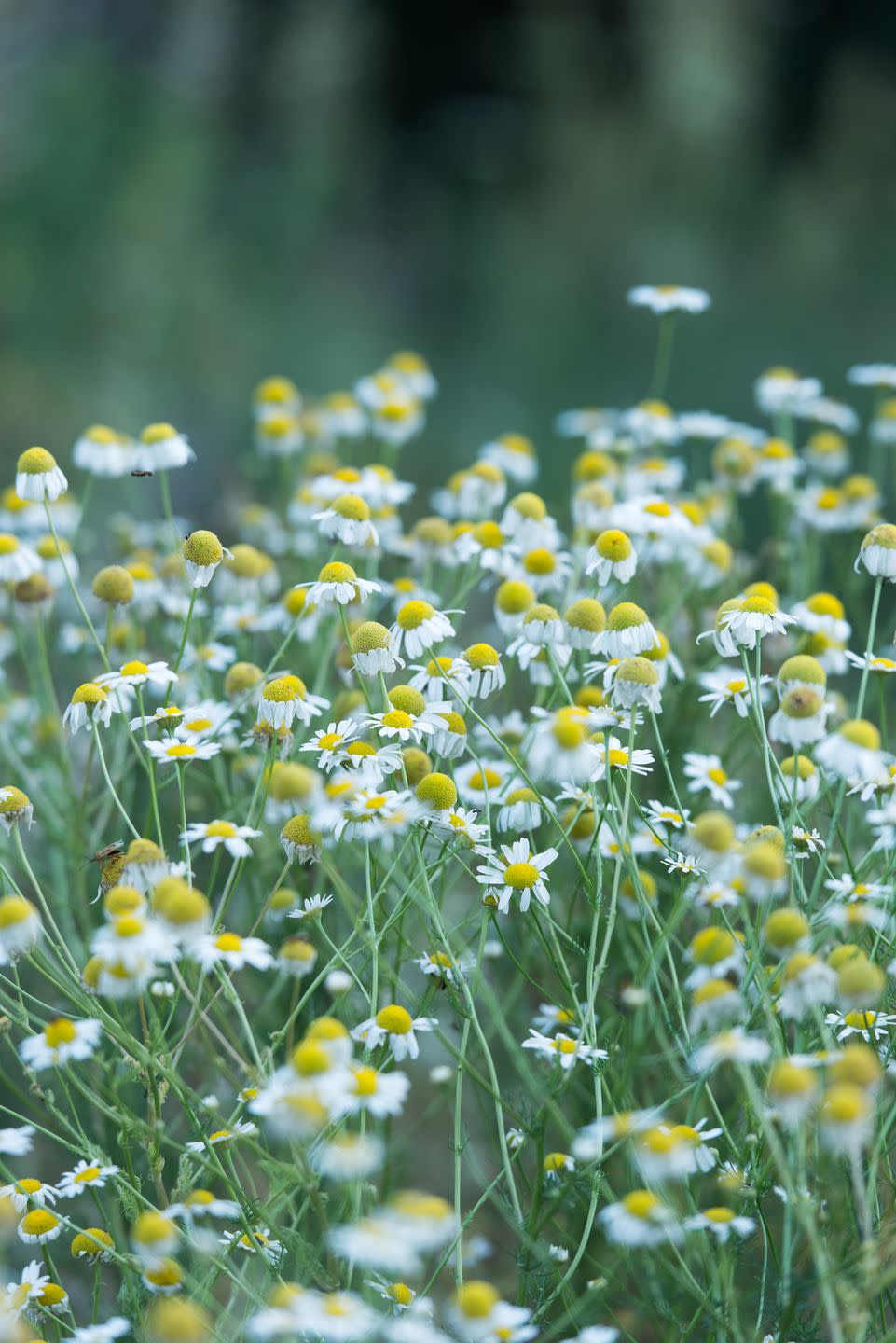
Winter Savory
Winter savory has a low bushy shape with white flowers. It’s related to summer savory, which is an annual, but has a more intense flavor. Add it to fish and meat dishes or sauces for an earthy, pungent flavor that's reminiscent of thyme and mint.
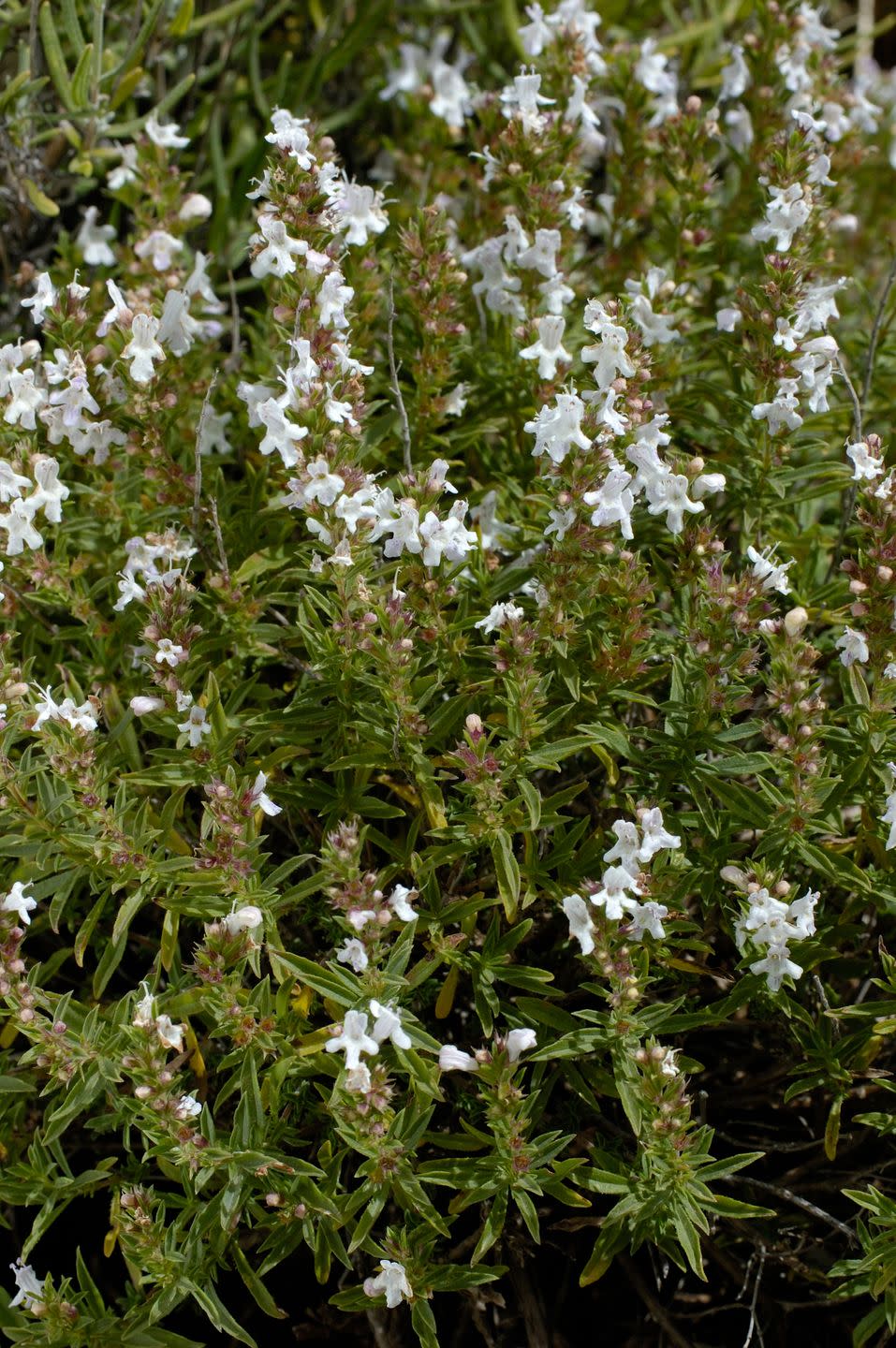
Russian Tarragon
The delicate blade-like foliage of Russian tarragon can be used dried or fresh in egg, fish, or meat dishes. Its flavor is milder than French tarragon, and is extremely cold-hardy because it originated in Siberia.
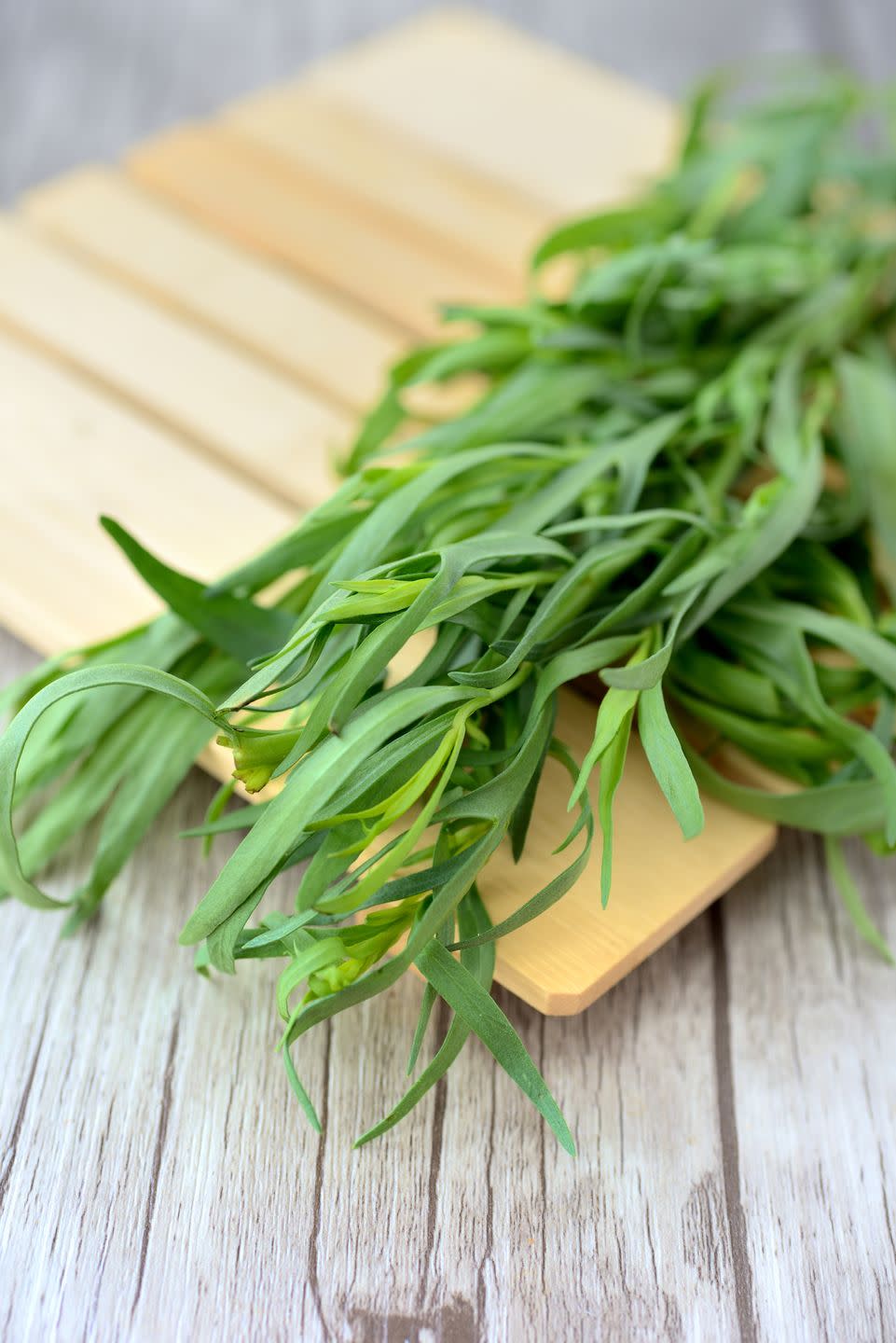
Sorrel
Sorrel is an heirloom plant that can be tough to classify. Is it an herb? Or is it a type of green? In fact, it fits both categories and is one of the earliest plants to appear come spring. Its bright lemony flavor can be used to add zest to fresh salads or sautéed greens.
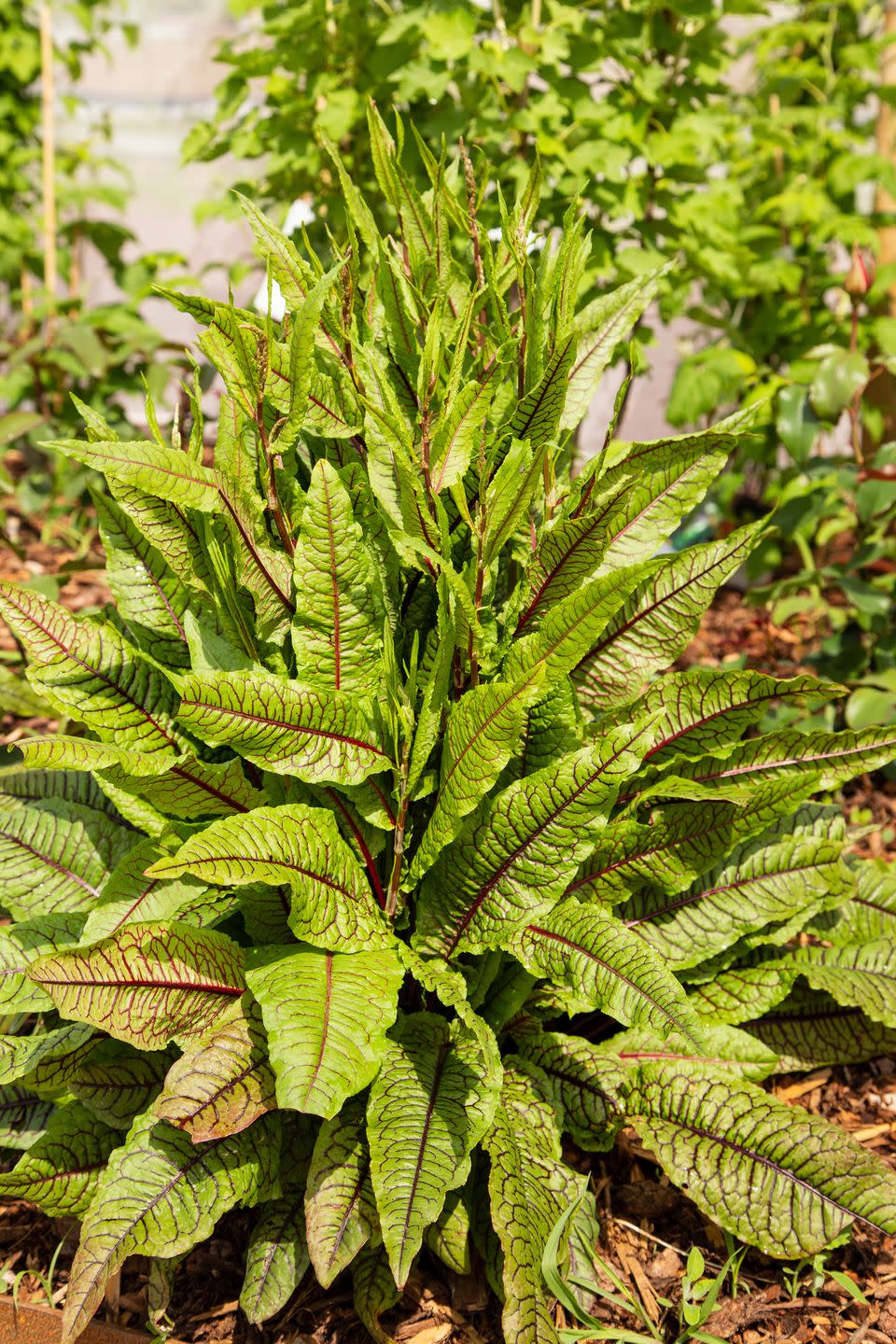
Lovage
Lovage is an old-fashioned herb that's mostly overlooked even though it shouldn't be. This hardy plant's leaves have a sweet celery-like flavor. It's heat and cold tolerant and can grow up to five-feet tall in a single season. Try it in soups or salads.
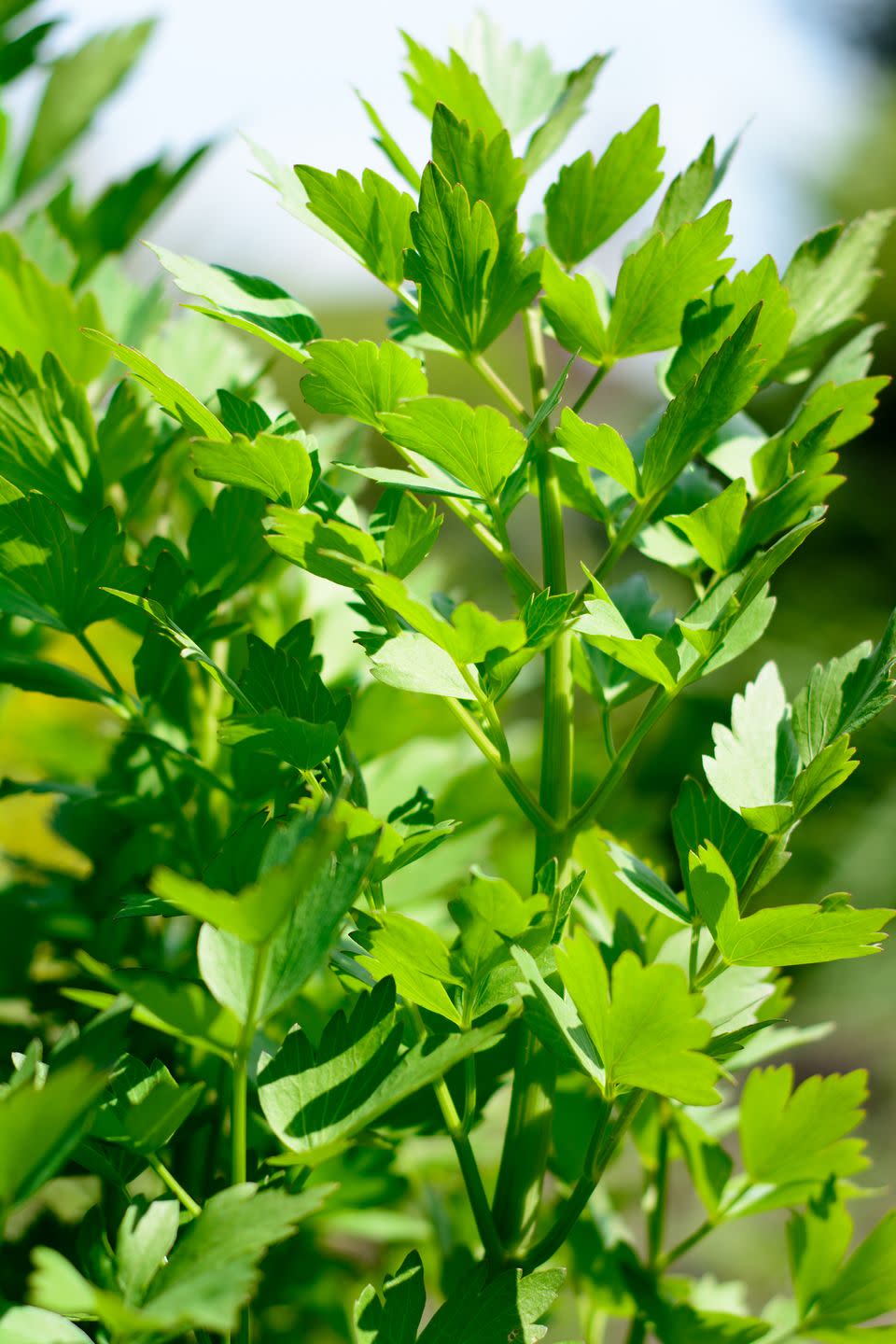
Lemon Balm
The lemon-scented mint-like leaves of this perennial herb make it a nice addition to your garden. Remove the flowers so they don’t go to seed, or you may find that this plant will take over your entire garden. It’s mostly used for brewing a cup of delicious tea.
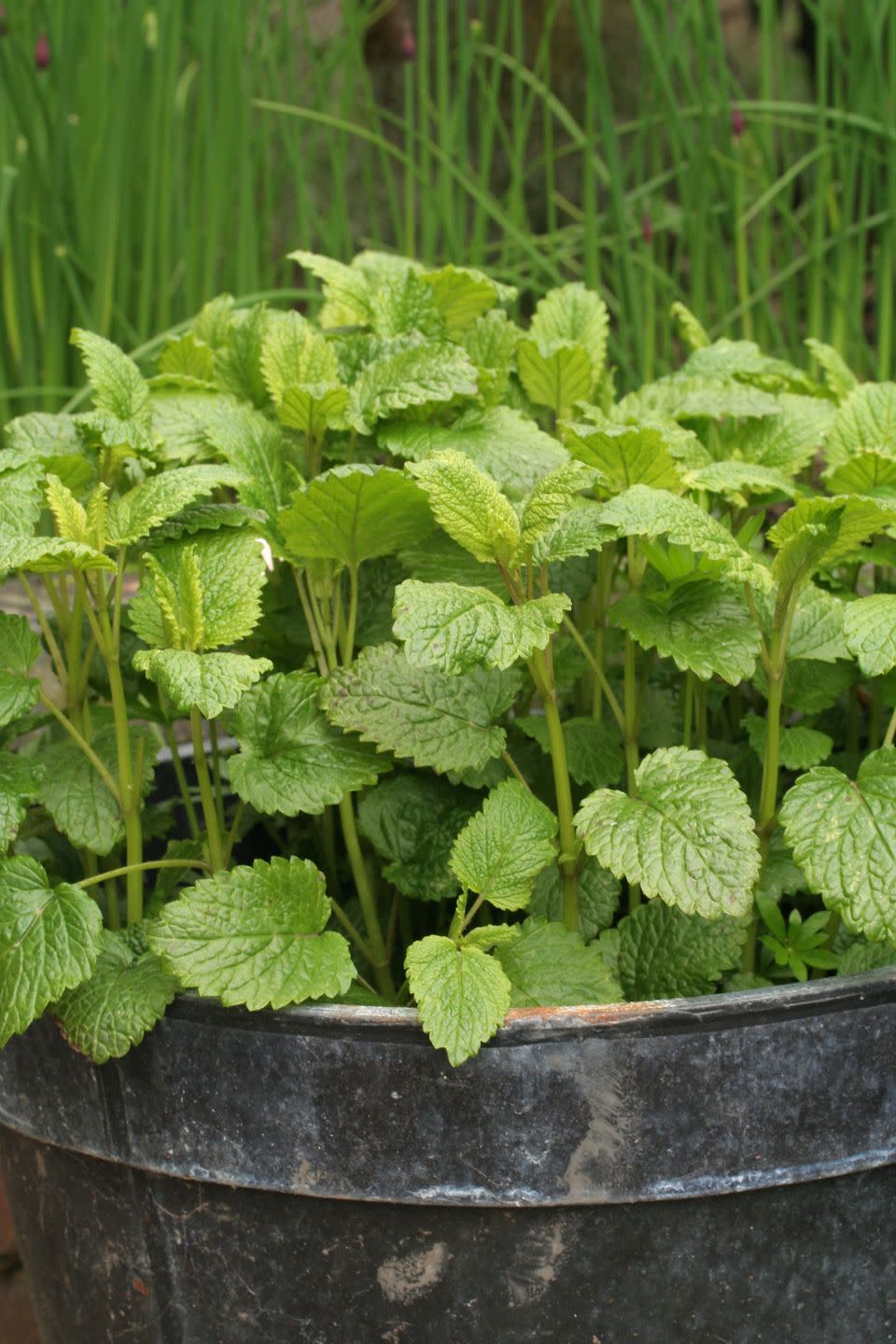
Echinacea
Also called the coneflower, echinacea is pretty to look at (it's part of the daisy family) and increasingly popular for its homeopathic qualities. If you harvest and dry it, it makes a wonderful tea when you have a cold. The plant is very hardy with deep roots and can be planted in the spring or fall.

You Might Also Like
